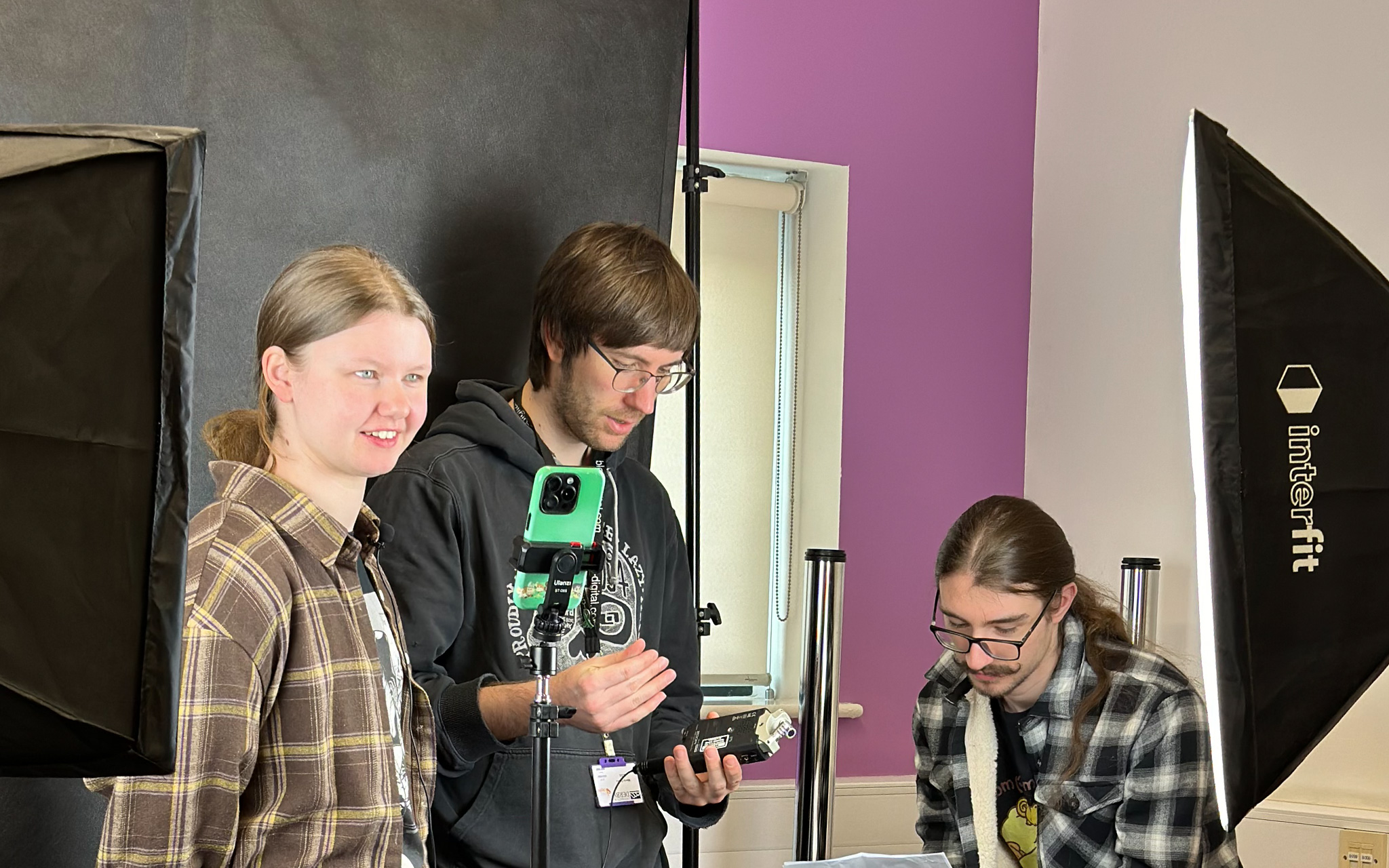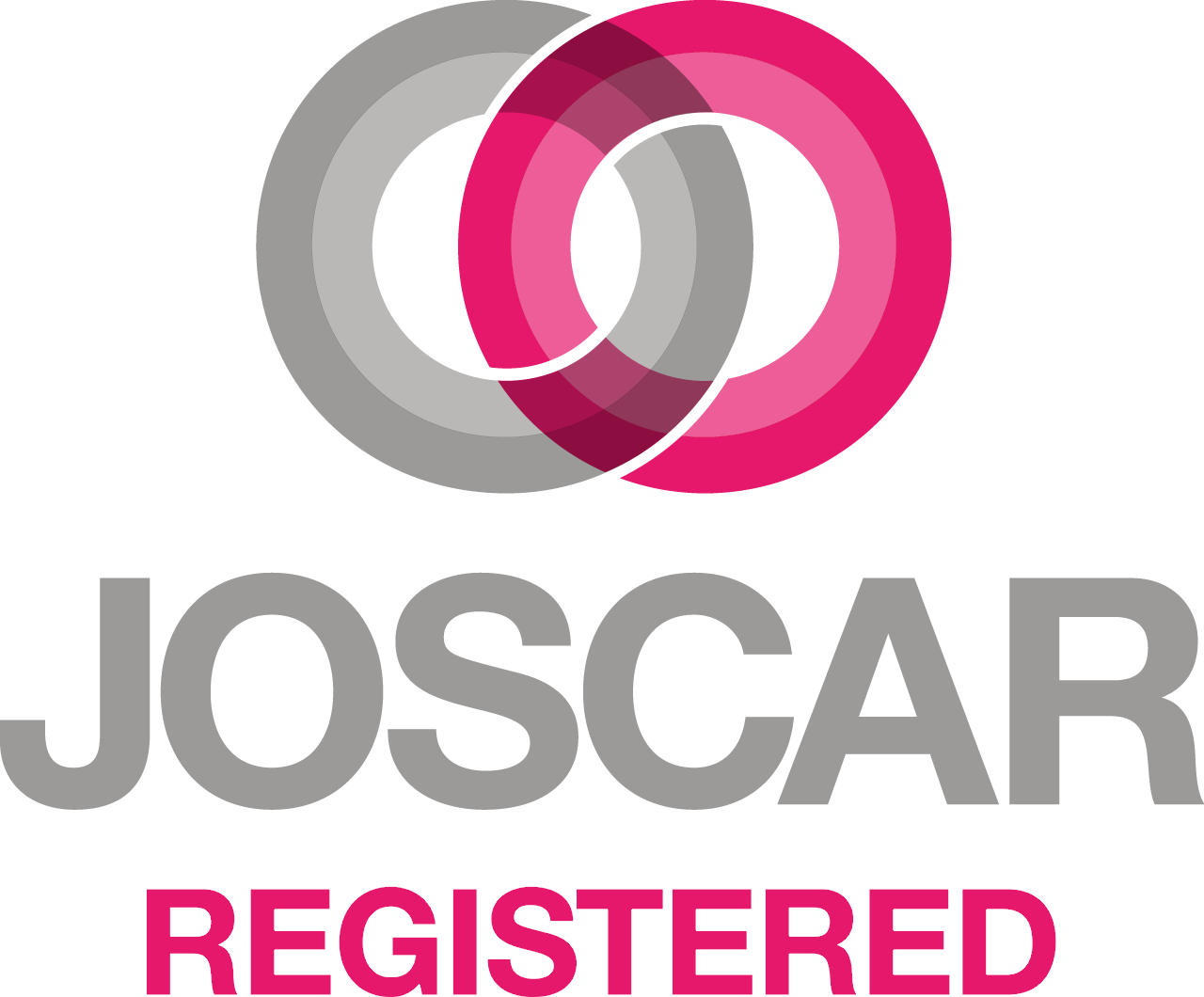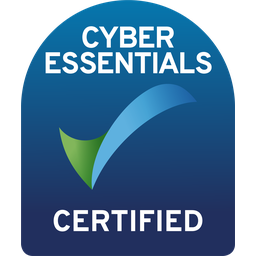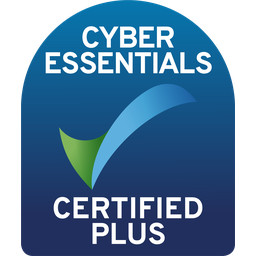How to create an effective personal LinkedIn profile
An effective personal LinkedIn profile can help build your network and develop opportunities. Here’s how to create one…
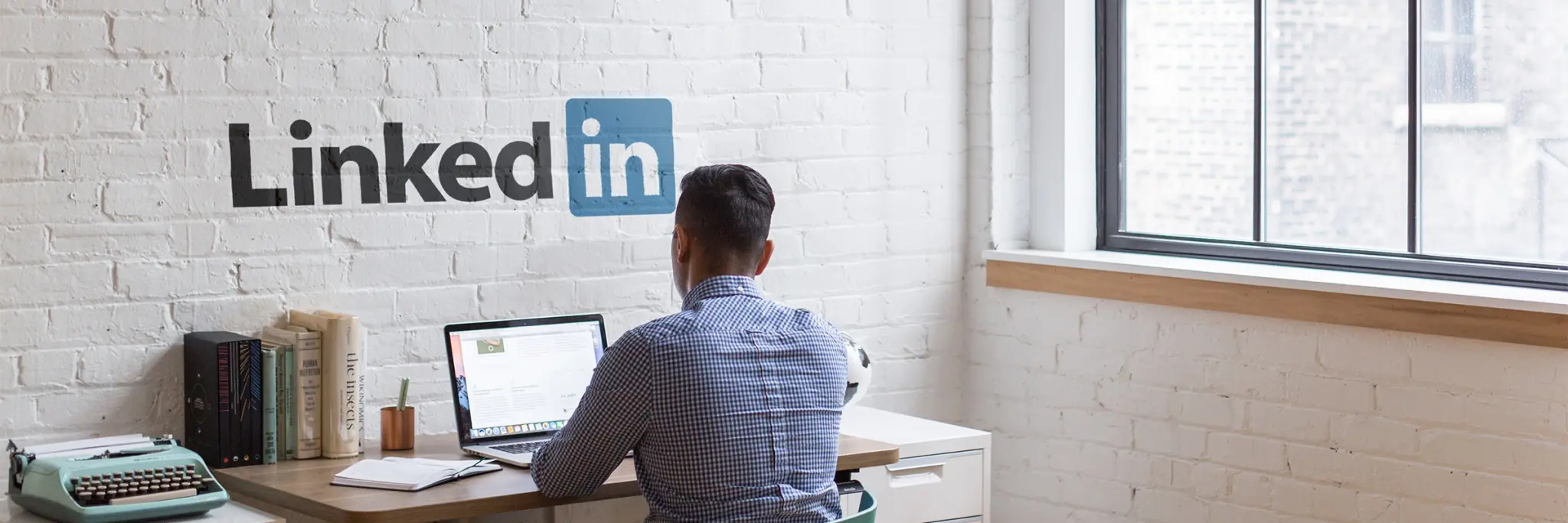
Businesses spend a great deal of effort creating their company brand – but how often do you apply this attention to how you, as a professional, come across? People buy from people, that’s why your personal profile might be more important than you think.
Your LinkedIn personal profile acts like a professional landing page – an online showcase for all to see. It’s where prospective customers can come to find out more about you, who you are, whether you are the type of person they’d like to do business with and whether you’re actually any good. It’s your personal storyboard and a chance for you to demonstrate your expertise. And in an increasingly online world, where in-person networking events are currently impossible, it’s now more important than ever.
To manage your professional brand, create opportunities and build your network, you need to make good use of your LinkedIn personal profile. Here’s how to create an effective one that accurately represents you…
For tips on how to use LinkedIn to engage your target audience, read our guide to lead generation on LinkedIn.
1. Profile image
Your profile image will be one of the very first things people see when they come across your profile on LinkedIn – and we all know first impressions count!
It should be a recent picture that reflects you as a person (whether that is very ‘business suit’ or more relaxed) and it should look professional, friendly and inviting.
People also use LinkedIn to search for those they know, so your profile image should be very visible as being ‘you’. It should be a head and shoulders shot, rather than a full body shot, with your face centre stage.
It should be a recent picture that reflects you as a person (whether that is very ‘business suit’ or more relaxed) and it should look professional, friendly and inviting.
People also use LinkedIn to search for those they know, so your profile image should be very visible as being ‘you’. It should be a head and shoulders shot, rather than a full body shot, with your face centre stage.
2. Cover image
When visiting your LinkedIn profile people want to know more about you as a person. As such, your cover image should represent your values and showcase what matters to you.
Keeping the standard cover image can be perceived as ‘lazy’ so add a good, professional image whenever possible.
Keeping the standard cover image can be perceived as ‘lazy’ so add a good, professional image whenever possible.
3. Headline text
The headline is the short description, 110 characters in length, that is displayed underneath your name on your profile page. It also appears wherever you appear on LinkedIn – users see this headline when you post an update, when you ask someone to connect with you and more.
Your headline doesn’t have to be just your job title – it is keyword searchable and therefore determines how many times you appear in search results. When writing your headline make sure to pick one main keyword or phrase that you want to be found for by potential clients and create your headline around it, keeping in mind it still needs to read well.
Good headline text can affect how many people want to connect with you and is your chance to set yourself apart from the competition. Considering your keywords, demonstrate the value that you can provide to your audience and by what method this is achieved. For example, you may help businesses (value) generate leads (outcome) by using content marketing (method). Let people know how you can help them.
Your headline doesn’t have to be just your job title – it is keyword searchable and therefore determines how many times you appear in search results. When writing your headline make sure to pick one main keyword or phrase that you want to be found for by potential clients and create your headline around it, keeping in mind it still needs to read well.
Good headline text can affect how many people want to connect with you and is your chance to set yourself apart from the competition. Considering your keywords, demonstrate the value that you can provide to your audience and by what method this is achieved. For example, you may help businesses (value) generate leads (outcome) by using content marketing (method). Let people know how you can help them.
4. About/summary
This is the section directly underneath your profile image and contact details – it should include information about who you are and what you do, and is your chance to tell your own story.
Include short sections about your company and role, your key benefits and what you are passionate about, as well as additional activities such as community work, achievements and specialities. Don’t just list your skills and job titles, instead explore how you can make a difference to the people you work with.
Make sure the same keywords that appear in your headline also appear here and that you make a great first impression in this section.
Include short sections about your company and role, your key benefits and what you are passionate about, as well as additional activities such as community work, achievements and specialities. Don’t just list your skills and job titles, instead explore how you can make a difference to the people you work with.
Make sure the same keywords that appear in your headline also appear here and that you make a great first impression in this section.
5. Featured
In the ‘featured’ section users can pin particular pieces of content or information near the top of their profile, highlighting those they most want people to see.
You can choose to feature posts, upload PDFs (e.g. a summary PDF of what you do), add links to your website or specific blog posts, and showcase LinkedIn articles.
When adding links to third-party sources such as your website or blog, make sure the description encourages people to click the link to find out more and include a Call to Action such as ‘Explore our insights and advice’.
Adding posts, articles and other content to your featured section will really bring your profile to life. It can back up your skills, demonstrate your value and helps people understand what makes you tick.
You can choose to feature posts, upload PDFs (e.g. a summary PDF of what you do), add links to your website or specific blog posts, and showcase LinkedIn articles.
When adding links to third-party sources such as your website or blog, make sure the description encourages people to click the link to find out more and include a Call to Action such as ‘Explore our insights and advice’.
Adding posts, articles and other content to your featured section will really bring your profile to life. It can back up your skills, demonstrate your value and helps people understand what makes you tick.
6. Your dashboard
Showcasing statistics, including the number of times your profile has appeared in search results as well as post and profile views, this section is private to you.
Make sure that each and every section of your profile is complete – less than 100% completion can affect your credibility and power to attract new connections. When your profile has been filled out to a good level you will receive the ‘all star’ badge, featured in the top right corner of the dashboard.
Make sure that each and every section of your profile is complete – less than 100% completion can affect your credibility and power to attract new connections. When your profile has been filled out to a good level you will receive the ‘all star’ badge, featured in the top right corner of the dashboard.
7. Activity
The activity section displays all of the likes, shares, comments, posts and articles made by you. These are visible to your profile viewers so make sure you don’t like, comment or share inappropriate content.
This feature allows profile visitors to determine how active you are on the platform, what kind of engagement you have and whether you interact with others. If they know you’re inactive they may wonder what the point is in connecting with you. If you’re active, they may decide that they want to join in on your conversations.
This feature allows profile visitors to determine how active you are on the platform, what kind of engagement you have and whether you interact with others. If they know you’re inactive they may wonder what the point is in connecting with you. If you’re active, they may decide that they want to join in on your conversations.
8. Background
Like a CV, this section details all the past experiences and positions you have held, as well as your education, certifications and voluntary work. It’s an important section as it allows LinkedIn to suggest potential connections based on where you have worked before. You can even download your profile as a CV format by navigating to ‘More…’ and selecting save to PDF.
When completing this section don’t include lots of irrelevant information (for example, working in Boots at 16 may not be relevant to your position now) and don’t write a novel under each heading, just a few lines.
If it’s a past role consider including your relevant achievements – for a marketing role this could be well-attended events or awards you have received. For current positions, include what your role is now as well as how you can help people.
When completing this section don’t include lots of irrelevant information (for example, working in Boots at 16 may not be relevant to your position now) and don’t write a novel under each heading, just a few lines.
If it’s a past role consider including your relevant achievements – for a marketing role this could be well-attended events or awards you have received. For current positions, include what your role is now as well as how you can help people.
9. Skills
When adding skills to your profile you will want to balance being a ‘one-trick pony’ with looking like you’ve perfected every skill under the sun. If you want to gain credibility in a particular area or job level, tailor your skills to suit. But again, bear in mind that skills you once had may not be relevant to what you do now.
Your skills may be endorsed by your colleagues, clients or people you know, so restrict your list to 25 or 30 core skills that you would be happy for someone to endorse you for. You can also choose 3 skills to be featured at the top of this section – these should be the key skills for your role.
Your skills may be endorsed by your colleagues, clients or people you know, so restrict your list to 25 or 30 core skills that you would be happy for someone to endorse you for. You can also choose 3 skills to be featured at the top of this section – these should be the key skills for your role.
10. Accomplishments
You’ve written publications, patents, completed courses, been involved in noteworthy projects or achieved awards? Great, this is the section you can add this information to.
Adding your accomplishments can raise your credibility and position yourself as an expert in your field.
Adding your accomplishments can raise your credibility and position yourself as an expert in your field.
11. Contact information
You will probably want to enable visitors to contact you once they have found your profile on LinkedIn, so make sure you at least have a business email and phone number added to this section. If you do, visitors will be able to call you directly from within your LinkedIn profile using their smartphone app.
Additional information
An additional feature that LinkedIn offers is the ability to ask for recommendations. These are personal testimonials written to illustrate a person’s experience of working with you.
When asking for recommendations it’s usually a good idea to include a personal message – why is receiving a testimonial important to you? After speaking at an event you could, for example, ask the event organiser to give you a recommendation about the skills you demonstrated.
When someone fills out a recommendation you have the chance to read or even delete it before it’s posted to your profile.
When asking for recommendations it’s usually a good idea to include a personal message – why is receiving a testimonial important to you? After speaking at an event you could, for example, ask the event organiser to give you a recommendation about the skills you demonstrated.
When someone fills out a recommendation you have the chance to read or even delete it before it’s posted to your profile.
Your professional showcase
An important part of your professional ‘online footprint’ and a great tool for networking, an effective personal LinkedIn profile has the power to create opportunities, build your network and manage your professional brand. Make sure it accurately represents you.
For tips on how to use LinkedIn to connect with your target audience, read our guide to lead generation on LinkedIn. And for more help and advice get in touch… we will be happy to help!
For tips on how to use LinkedIn to connect with your target audience, read our guide to lead generation on LinkedIn. And for more help and advice get in touch… we will be happy to help!
-bloc-digital.jpg)
-bloc-digital.png)
